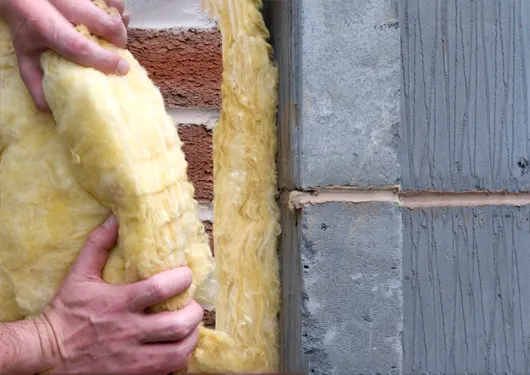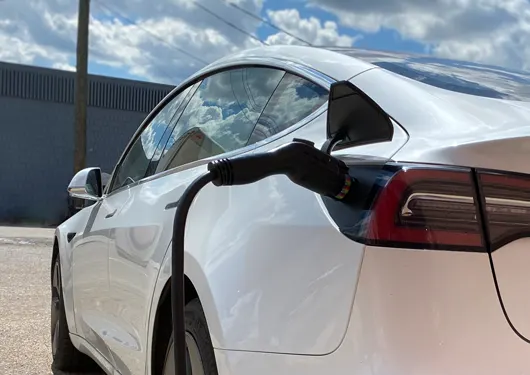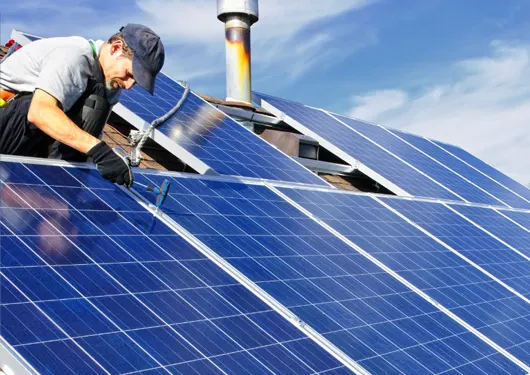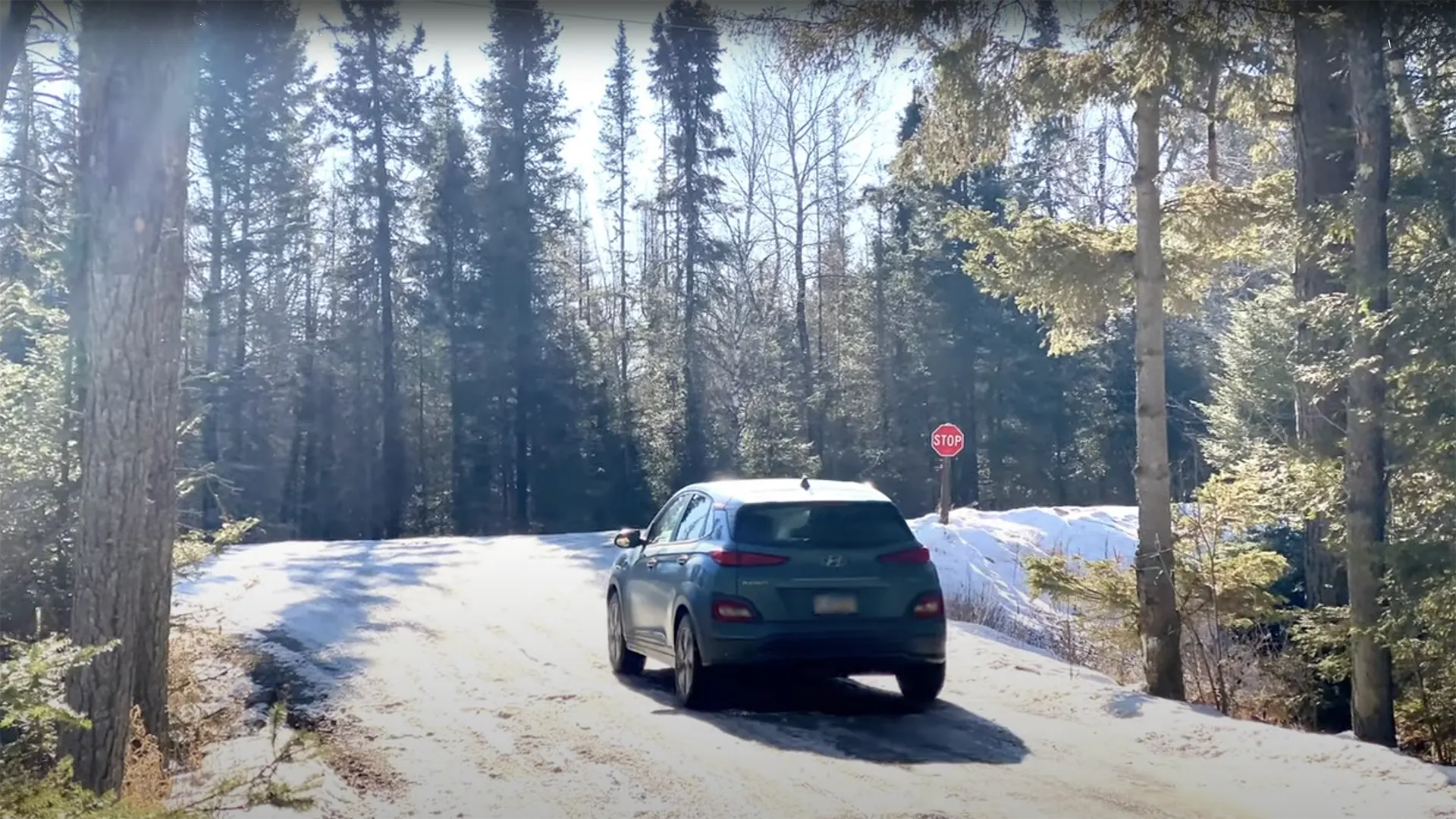Putting Money Back in Your Pocket
IRA Benefits Are Slashed. Who Benefits?
From the time the Inflation Reduction Act (IRA) was signed into law in 2022 until July 4, 2025, the IRA stood as groundbreaking legislation that provided direct benefits to regular people across the country. However, on July 4, 2025, most of the IRA’s benefits for ordinary Americans were eliminated when Trump signed the One Big Beautiful Bill Act (OBBBA) into law. Instead of helping people save money on their energy bills, have more comfortable homes, increase energy independence, and invest in their farms and rural business, the Trump Administration is instead giving big tax breaks to the ultra-wealthy. These tax breaks are funded by the tax dollars of hardworking people like you. The sections below reflect investments we saw as real wins for rural Minnesotans that have now been cut or left in limbo.
Tax Credits currently available for...
What is being taken from hardworking Americans...

Energy Efficiency & Weatherization
The Trump Administration is eliminating the Energy-Efficient Home Improvement Credit on December 31, 2025. People will no longer be able to get tax credits for installing more efficient and air-tight windows and doors, adding insulation, and upgrading to cost saving appliances. Investment in energy efficiency is a common-sense tool for dealing with extreme weather—from January polar vortexes to 100-degree July heat waves. The elimination of this program will especially hit rural and low-income communities who often live in older homes that would see the most improvement from weatherization and energy efficiency fixes.
Learn More on the Efficiency & Weatherization Fact Sheet

Electric Vehicles
The Trump Administration eliminated the federal tax credits of $7,500 for new and $4,000 for used electric vehicles on September 30, 2025. The “savings” from eliminating the EV tax credits fund tax breaks for billionaires. For years, these tax credits made it easier for working families across the country to afford both new and used electric vehicles, which are not only cheaper to run but also require less maintenance. Eliminating these credits makes it harder for everyday people to benefit from the cost savings and pollution reductions that electric vehicles provide.
Learn More on the Electric Vehicles Fact Sheet

Residential Clean Energy
The Trump Administration is eliminating the Residential Clean Energy Tax Credit on December 31, 2025. With the grim reality of rising energy prices, many forward-thinking homeowners jumped at the chance to become more energy independent and take control of their electricity bills by installing solar, wind, geothermal, and more! Now, instead of helping regular people invest in strengthening the electric grid, the Trump Administration is letting the ultra-wealthy pay less than their fair share in taxes and is giving more subsidies to the oil, gas, and coal companies who are jacking up our electricity rates. With the rise of hyperscale data centers for AI, we are paying special attention to the increasing demand on our energy resources.
Learn More on the Residential Clean Energy Fact Sheet

REAP (Rural Energy for America Program) for Rural Small Business and Farmers
Since 2002, the USDA has provided grants and loans through REAP for farmers and small businesses to adopt renewable energy systems and energy efficiency measures. In 2022, the IRA expanded REAP to over $2 billion, investing directly in our rural future. In 2023-2025 alone, Minnesota received almost $63 million in REAP funding. However, the future of REAP is very uncertain at best. A July 2025 application window was cancelled at the last minute, and Secretary of Agriculture Brooke Rollins has announced that solar installations are essentially no longer eligible for REAP funding. A program that was once a vital source investment in rural economies and the clean energy future is being kneecapped by the Trump Administration. This cut hurts rural places and rural people the most.
Learn More on the REAP Fact Sheet
IRA-Related Videos
Playlist

2:34

1:01


